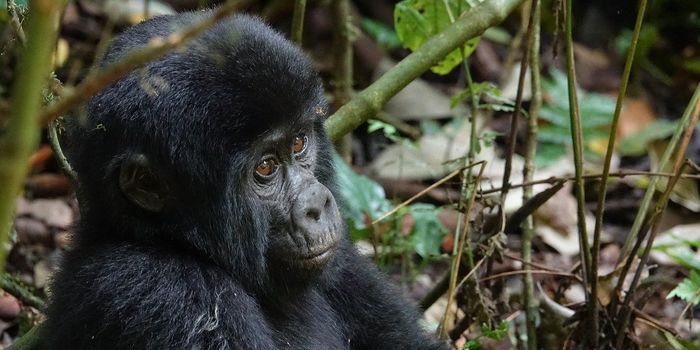PCR Primer Design Pointers
In this video from Thermo Fisher Scientific, a few tips for better PCR primer design are presented. PCR, Polymerase Chain Reaction, is a common and vital part of genetic studies, biomedical research and medicine in general.
Considerations important to the creation of good primers, such as primer length and melting temperature of the primers are highlighted in the video.
In PCR, the reaction mixture cycles through a series of temperatures. One of those, the annealing temperature, is also related to specificity and can be varied if needed for troubleshooting. For example, a PCR reaction that produces non-specific amplification products can likely tolerate a higher, more stringent annealing temperature. If no product is observed following the PCR reaction, the annealing temperature could be lowered as one way of trying to generate a successful reaction product.
Some pitfalls of PCR primers are shown too, such as hairpins that can form in primers that have sequences amenable to bending such that ends of the primer anneal to each other. Another thing to avoid are long sequences of the same base, or primers that have ends with a lot of cytosine (C) or guanine (G) bases.








